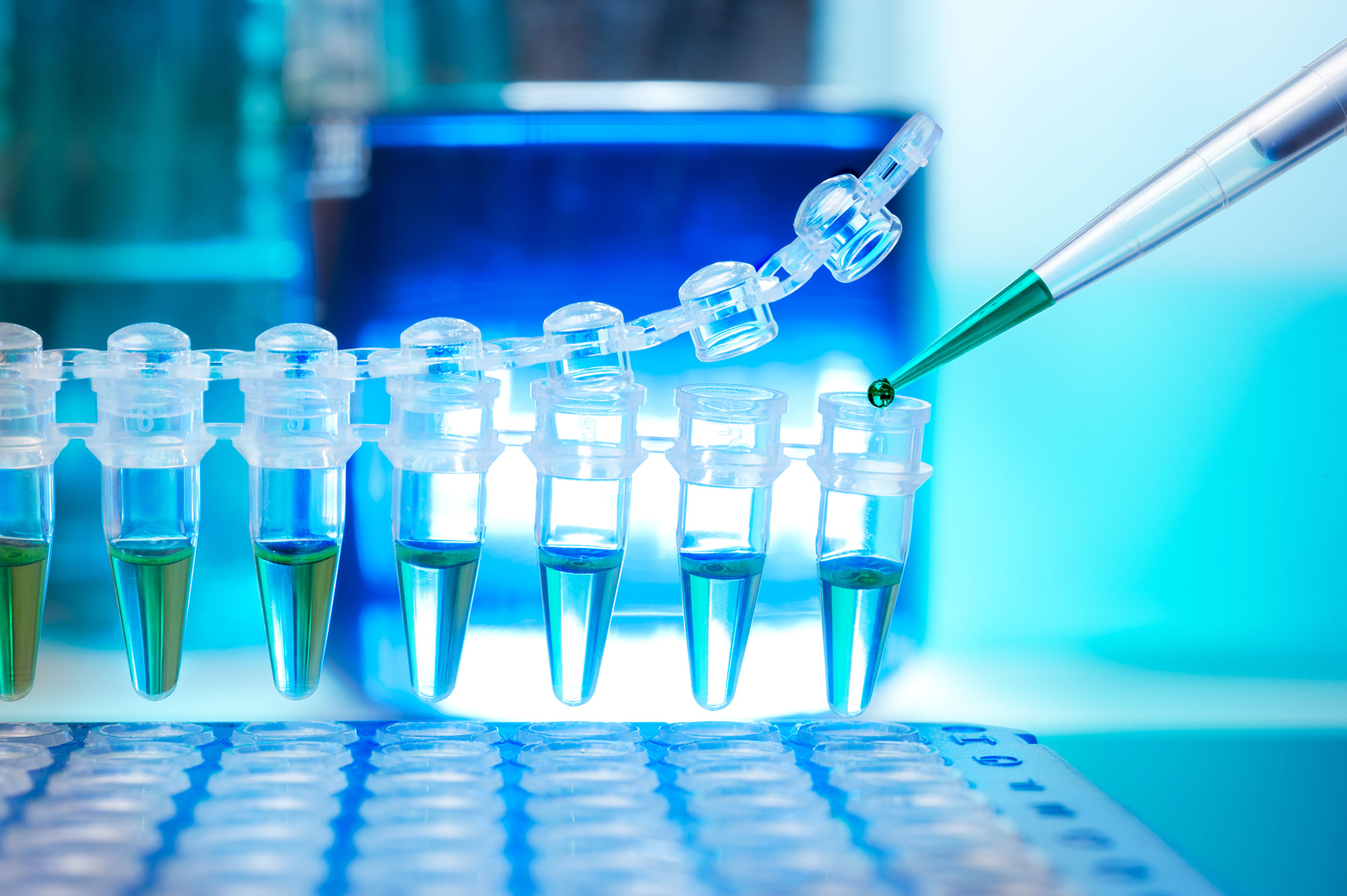
Are We Ready for Single Well Analysis in Ligand Binding Assays?
One of the numerous differences between chromatographic methods and ligand binding methods is the need to test samples for ligand-binding assays in duplicate. In the 1960’s, the “new” technology of ELISA assays had poor reproducibility and precision. To overcome this issue, measurements were performed in duplicate wells and reported as the average of the two wells. However, technological advances such as automated pipettes and liquid handling systems, the advancement of LBA platforms (i.e. electrochemiluminescence-based detection, microfluidic components, etc.), and the development of better critical reagents have dramatically improved the reliability of ligand binding assays. Recent literature has proposed the idea of performing pharmacokinetic and immunogenicity ligand binding assays using a single-well approach. i,ii,iii,iv
Based on the improvements to the precision and reliability of ligand binding assays, BioData team was intrigued to explore the impact of moving to single-well analysis on data quality. Moving to single-well analysis for ligand binding assays would dramatically improve assay speed and throughput by decreasing the number of plates needed to test samples by approximately half. However, before changes in regulations can be considered, a substantial body of evidence needs to be produced, peer-reviewed, and published to ensure the scientific validity of a single-well analysis approach to ligand binding assays. To support this goal, we partnered with PPD® and one of our clients to evaluate the precision and accuracy of single-well analysis compared to duplicate-well analysis and presented it at AAPS Pharm 360 (VIEW POSTER). This poster is the first published data showing the efficacy of single-well analysis for preclinical immunogenicity assays.
In this study, the results of each well individually (single-well analysis), as well as the mean of both wells (duplicate-well analysis) were compared for the screening (Tier 1) and confirmatory (Tier 2) tiers of a method validation for the detection of anti-drug antibodies in rat plasma utilizing electrochemiluminescence detection.
Cut points:
Cut points were calculated for the first well individually, the second well individually, and the average of the two wells. For the screening tier, cut point signal-to-noise ratios were 1.19 (well 1), 1.19 (well 2), and 1.16 (average of both wells). For the confirmatory tier, the cut point percent inhibition were 29.05% (well 1), 27.29% (well 2), and 25.02% (average of both wells). For both tiers, differences in the cut points calculated from single-well or duplicate-well analysis were not statistically significant. (p-values from 0.414-1.00). (For additional data and information, please CLICK HERE to access the poster)
Distributions:
In addition to looking at the cut point, the shape of the distribution data for the screening tier and confirmatory tier were compared to determine if the data was consistent over the entire data set. The means of the distributions for well 1, well 2, and the average of both wells were compared using ordinary least squares regression and no statistically significant differences were found in the screening or confirmatory tier (α = 0.10). To further analyze the efficacy across the entire data set, comparison of the 25th, 50th, and 75th percentiles distributions of well 1, well 2, and the mean of both wells were performed. As shown in the histograms in the poster, the data distributions for the screening and confirmatory tiers are nearly identical for single-well and duplicate well analysis. This analysis determined that there were no statistically significant differences between single-well and duplicate-well analysis in the screening and confirmatory tiers (p-values ranging from 0.202 – 0.944) across the entire dataset.
Additional Validation Parameters:
After it was determined that the data distributions and subsequent cut points were similar whether single or duplicate well analysis was used, additional validation parameters were compared. Both, single-well and duplicate-well analysis, produced similar sensitivity, selectivity, precision, drug tolerance, target tolerance, stability, and prozone/Hook effect.
Summary and Conclusions:
Collectively, the data we generated with our partners (PPD and an innovator sponsor) shows that single-well analysis is suitable for preclinical immunogenicity testing. Whether single-well or duplicate analysis was performed, all validation parameters (including cut points), were similar and showed no statistically significant differences. The authors believe that single well analysis has the potential to become standard practice for ligand binding assays, as it is for chromatographic methods. Further use and development of single-well analysis could improve turnaround times of safety endpoints and reduce the costs associated with ligand binding assays by reducing the number of runs necessary to validate methods and analyze samples. We are committed to advancing regulated bioanalysis through ongoing collaboration, data generation, and publications that have the potential to influence regulatory standards. We believe that the bioanalytical field can continue to make advances and we are happy to help our clients plan experiments, generate data, and justify new technologies to improve the outcomes of drug development challenges.
[i] Barfield M, Goodman J, Hood J, Timmerman P. European Bioanalysis Forum recommendation on singlicate analysis for ligand binding assays: time for a new mindset. Bioanalysis 12(5), 273–284 (2020).
[ii] Clark TH, Yates PD, Chunyk AG et al. Feasibility of singlet analysis for ligand binding assays: a retrospective examination of data generated using the Gyrolab Platform. AAPS J. 18(5), 1300–1308 (2016).
[iii] Stanta J, Craig H, Smith C, Chappell J. Comparing singlet and duplicate immunogenicity assay in human plasma for pembrolizumab using Gyrolab. Bioanalysis 13(11), 891-900.
[iv] Birnboeck HF, Schick E, Justies N. Singlicate analysis in regulated bioanalysis using ligand-binding assays: where are we heading? Bioanalysis 9(18), 1357–1359 (2017)
